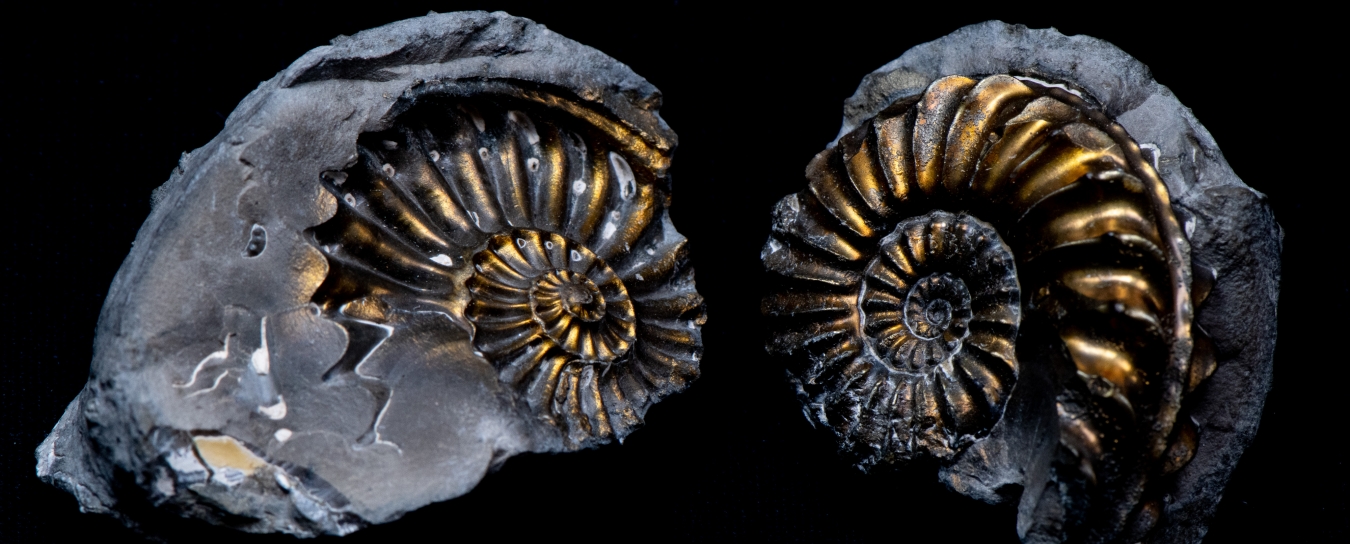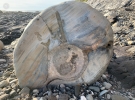
Rocks & Fossils
Check out our rock and fossil FAQ for smart collecting tips, information about some local rock formations, and advice about fossil eggs and meteorites.
- Anthropology
- Rocks & Fossils
- Invertebrates
- Vertebrates
- Botany
- Astronomy
- Fungi
- General
- Recently Asked
Fossilized whale vertebrae?
Hi. My friend took this pic on a beach here. It is very large. About 5ft by 5/6 ft. It looks to hale a whale vertebrae in it?

Curator Response
Dear Tamara,
Thank you for sending us this beautiful view of a local fossil. We’re now in the season when winter storms and low tides rearrange beach landscapes and expose some wonderful surprises usually hidden in our geology.
I agree, that does look like a whale vertebra. The appearance of the rock, your note that this was on a local beach, and the fact that it’s most likely from a marine mammal all suggest this is part of the Monterey Formation.
The Monterey Formation (which spans about 17 to 5.5 million years ago) is from the Miocene Epoch (about 23 to 5 million years ago). It has yielded many fossils, including marine mammals like whales and dolphins, invertebrates like mollusks and crustaceans, as well as microorganisms and algaes. Locally, we see this formation in bluffs facing the sea all over our coast, particularly at Arroyo Burro and in Goleta.
We love to see fossils in giant boulders like this, not only because they are an awesome glimpse into the past, but because their size makes it unlikely they’ll disappear into private collections. Many collectors do not understand that vertebrate fossils are legally protected on all public lands. Hopefully this boulder remains in the area a long time for many visitors to the beach to enjoy as you did!
You can find more information about our local rock formations and the fossils they preserve in our exhibits and on our Handy Rock & Fossil Facts page.
Stay curious,
Dibblee Curator of Earth Science Jonathan Hoffman, Ph.D.


